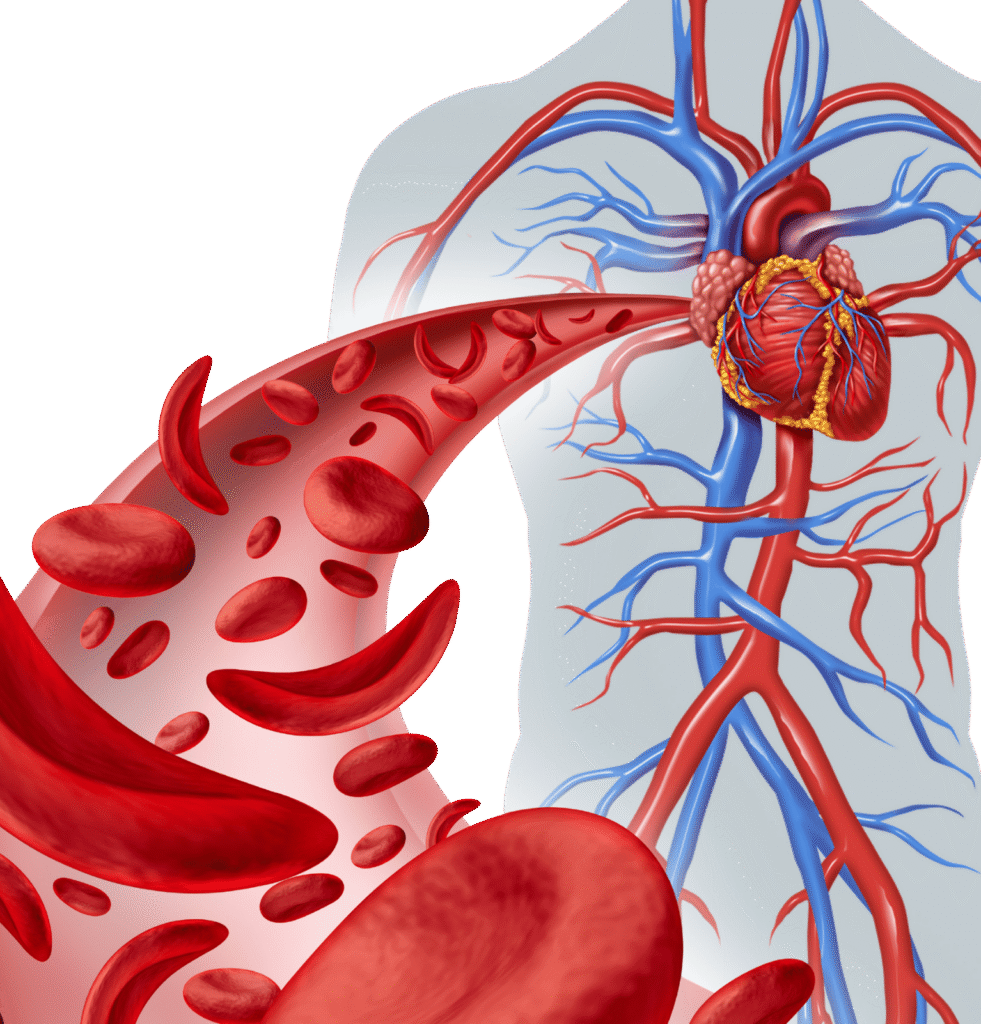Infections and inflammatory conditions
"Infections and inflammatory conditions" are two broad categories of health issues that are very frequently encountered in medical practice and are often intertwined.
Infections
Infection occurs when pathogenic microorganisms (such as bacteria, viruses, fungi, or parasites) invade the body's tissues, multiply, and cause damage or disease. The body's immune system then mounts a response to fight off these invaders.
Key characteristics of Leukemia
Causative Agent
Always caused by an external biological agent (a pathogen).
Transmissibility
Many infections are transmissible from person to person, from animals, or from the environment.
Symptoms
Vary widely depending on the pathogen and the affected body system, but common signs include fever, fatigue, pain, redness, swelling, pus formation, and specific symptoms related to the organ system involved (e.g., cough in respiratory infections, diarrhea in gastrointestinal infections).
Diagnosis
Involves identifying the pathogen (e.g., culture, PCR, antigen tests) or detecting the body's immune response to it (e.g., antibody tests).

Examples of Infections
Anemia is broadly classified based on the cause and the morphology (size and color) of the red blood cells.
Bacterial
Strep throat, pneumonia, urinary tract infections (UTIs), tuberculosis, sepsis.
Viral
Common cold, influenza, COVID-19, HIV, hepatitis, measles, chickenpox.
Fungal
Ringworm, candidiasis (yeast infections), aspergillosis.
Parasitic
Malaria, giardiasis, hookworm, schistosomiasis.
Anemias Associated with Bone Marrow Diseases
Myelodysplastic Syndromes (MDS):
Group of disorders where the bone marrow produces abnormal, ineffective blood cells.
Leukemias
Cancers of the blood-forming tissues, which can crowd out normal blood cell production in the bone marrow.
Inflammatory Conditions
Inflammation is the body's natural and essential protective response to harmful stimuli, such as pathogens, damaged cells, irritants, or toxins. It is a complex biological process involving immune cells, blood vessels, and molecular mediators.While inflammation is a normal and necessary part of healing, it can become problematic when it is excessive, prolonged (chronic), or inappropriately directed against the body's own tissues.

Key Characteristics of Inflammation
Cause
Can be triggered by infection, injury, autoimmune reactions, allergies, toxins, or other irritants.
Purpose
To eliminate the initial cause of cell injury, clear out necrotic cells and tissues damaged from the original insult and the inflammatory process, and initiate tissue repair.
Signs : The five classic signs are:
1. Redness (rubor):
Due to increased blood flow.
2. Heat (calor):
Due to increased blood flow.
3. Swelling (tumor):
Due to fluid accumulation.
4. Pain (dolor):
Due to pressure on nerves and chemical mediators.
5. Loss of Function (functio laesa):
Due to swelling and pain.
Diagnosis
Diagnosis
Often involves measuring inflammatory markers in the blood (e.g., CRP, ESR), imaging studies, and clinical assessment.
Types of Inflammatory Conditions
Acute Inflammation
Short-term response to sudden body damage (e.g., sprained ankle, bacterial infection, cut). Resolves once the threat is removed.
Chronic Inflammation
Prolonged inflammatory response that can last for months or years. It often involves a persistent stimulus or an autoimmune reaction.
Autoimmune Diseases
The immune system mistakenly attacks healthy body tissues (e.g., Rheumatoid Arthritis, Lupus, Crohn's Disease, Multiple Sclerosis).
Allergies/Hypersensitivity Reactions
Immune system overreacts to normally harmless substances (e.g., asthma, eczema, hay fever).
Chronic Infections
Persistent infections that the body struggles to clear (e.g., chronic hepatitis, persistent Lyme disease).
Other Chronic Conditions
Atherosclerosis, some types of cancer, type 2 diabetes, obesity are now understood to have significant inflammatory components.
The Interplay
In a diagnostic laboratory, distinguishing between infection and non-infectious inflammatory conditions is crucial for accurate diagnosis and appropriate treatment (e.g., antibiotics for bacterial infections vs. anti-inflammatory drugs or immunosuppressants for autoimmune conditions).

Infection Causes Inflammation:
All infections trigger an inflammatory response as the body tries to fight off the pathogen. So, infection is a cause of inflammation.
Inflammation Without Infection
You can have inflammation without an infection (e.g., an ankle sprain is inflamed but not infected; autoimmune diseases are inflammatory but not caused by an external pathogen).
Chronic Inflammation Can Increase Infection Risk
Prolonged inflammation can sometimes weaken the immune system or damage tissues, making them more susceptible to subsequent infections.

